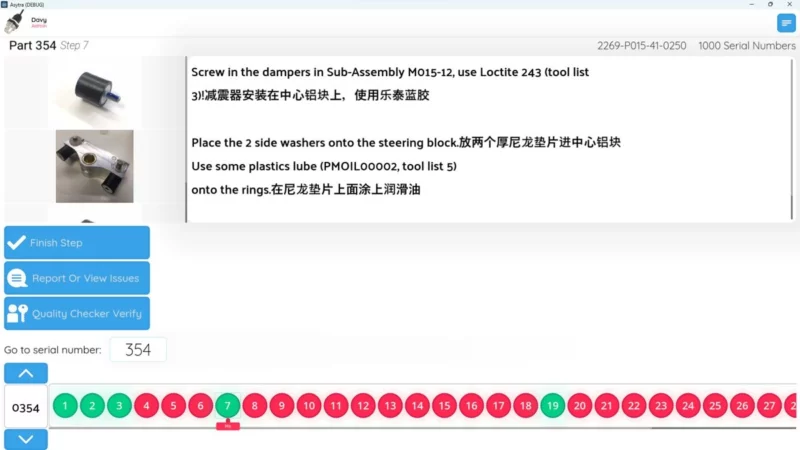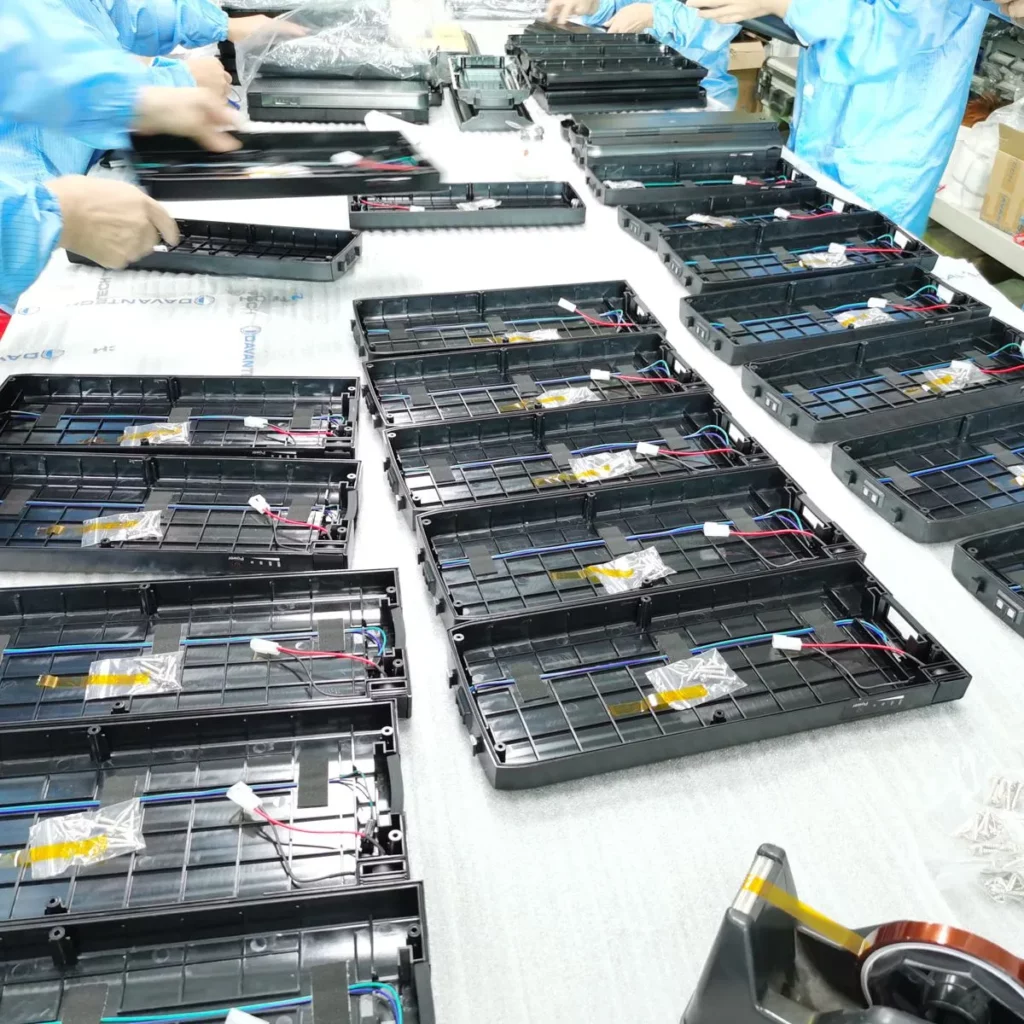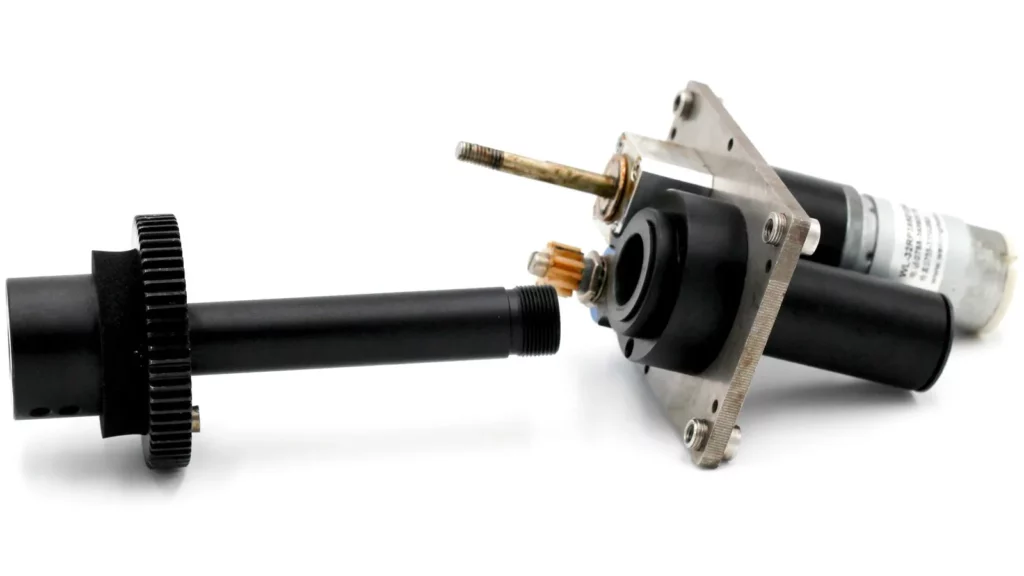Product assembly in China means added value to your product. We unburden our customers and our quality is impecable, as expected from a Chinese company.
- Professional assembly service | over 10 years experience.
- Reduce your costs: use our skilled team and infrastructure.
- The shipping cost for empty parts is the same as for assembled products.
- Most metal and plastic parts manufactured in-house
We are a One-Stop Shop
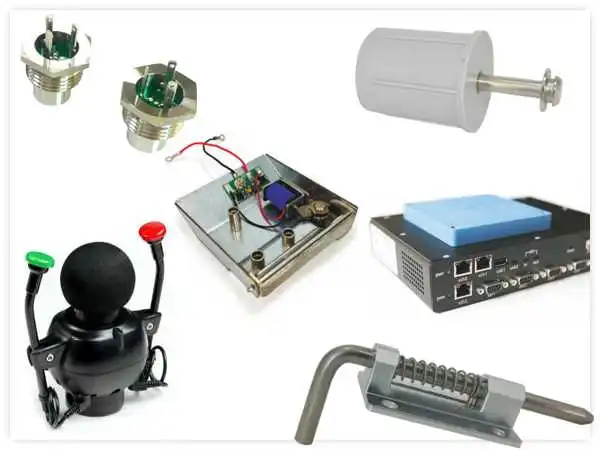
Save on Labor, Logistics and Overhead
One of the benefits of product assembly in China is added value. Moreover, the cost of shipping only parts is the same as shipping assemblies and sub-assemblies. Furthermore, we assemble complete products or partial assemblies. Therefore, we follow a detailed specification or assembly instruction. Intermediate verification as well as use of specific tools and equipment ensure quality products.
As a product assembly company, Davantech offers a direct benefit for its customers: you save on labor, logistics and overhead!
Our skilled team has the experience to work on a variety of products. In addition, we do mass production or we work on project basis. As a Chinese supplier, our company is ISO 9001-2015 certified.
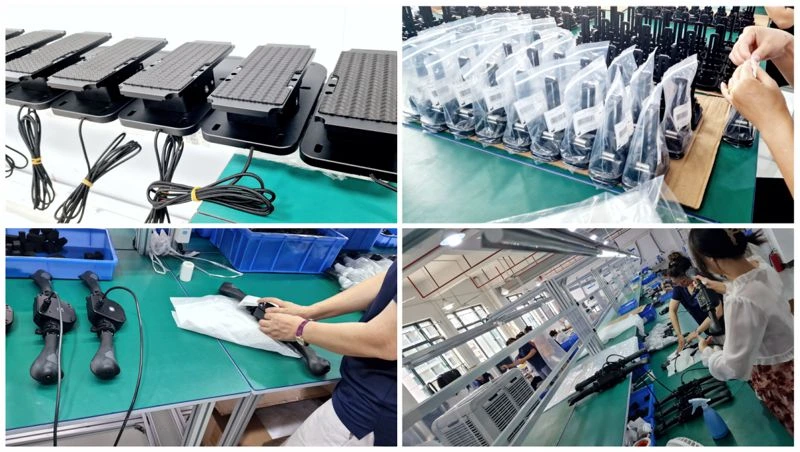
From Product Design to Packaged Product
Davantech is a Chinese supplier and we support you from the early design stage of a new product. Next, we do the manufacturing of parts and product assembly. In this way you save money: chose for a one stop partner for product assembly in China. In addition, we combine our experience in product development and our large knowledge and capabilities for custom manufacturing of complete products and assemblies in-house. Furthermore, our engineering team makes 3D models of your parts and assemblies. We review your product design and give inputs how to improve it. Skilled engineers will check carefully what are the best options for manufacturing a part in terms of cost and features and adapt the design accordingly.
Involve us early in the Design Process
To avoid redesigns and to get the most design options, it is best to involve us very early in the development process. To clarify, we can integrate electronics and mechanical components in custom made housings, for example. In addition, we find solutions for technical problems and design the necessary parts. A team of technical people and engineers work closely together in order to develop and produce new and innovative products. Because of our manufacturing capabilities we know very well how to design metal parts as well as plastic components. As a matter of fact, in our factory we do CNC machining, plastic injection and overmolding. Next to product assembly service, we offer Product Engineering services in order to get the best out of the production of your innovations!
What is Product Assembly?
Product assembly refers to the process of putting together individual components or parts to create a finished product. It involves integrating various parts, subassemblies, or modules to construct a functional and market-ready product. Product assembly can be performed manually by workers or through automated machinery, depending on the scale and complexity of production. The goal of product assembly is to transform individual components into a complete and functional product that meets customer requirements.
Mechanical Assembly:
Mechanical assembly specifically focuses on the joining and integration of physical parts to create a mechanical product or system. It involves techniques such as fastening, aligning, connecting, or welding components together. Mechanical assembly typically utilizes tools such as wrenches, screwdrivers, drills, and specialized equipment to ensure precise and secure connections. This process is common in industries such as automotive, machinery, appliances, and other sectors where mechanical systems are involved.
Assembly of Electronic Devices:
The assembly of electronic devices involves the integration and connection of electronic components to create functional electronic products. It includes processes such as mounting electronic components onto circuit boards, soldering connections, and ensuring proper electrical connections. The assembly of electronic devices requires specialized tools such as soldering irons, wire cutters, pliers, and may involve techniques like surface mount technology (SMT). SMT involves mounting small electronic components directly onto circuit boards, enhancing the miniaturization and efficiency of electronic devices. This process is common in industries such as consumer electronics, telecommunications, computer hardware, and other sectors where electronic devices are manufactured.
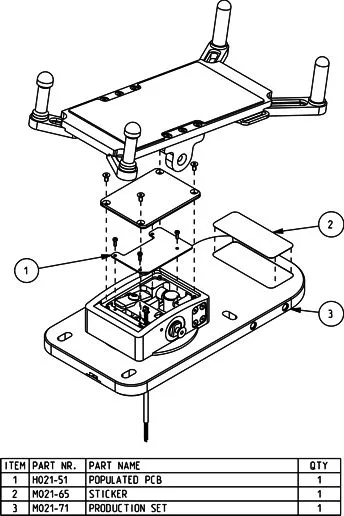
How we Assemble Products at Davantech
Product assembly, whether it’s mechanical or electronic, involves several key steps and processes. Here’s an overview of what is typically involved in product assembly, as well as specific considerations for mechanical assembly and assembly of electronic devices:
-
Planning:
This phase includes determining the assembly process, creating assembly instructions, and organizing the necessary resources, including components, tools, and equipment.
-
Preparing the work area:
The assembly area should be clean, organized, and properly equipped with tools and materials. Any required safety measures should also be in place.
-
Component preparation:
Components or parts have to be inspected, cleaned, or prepped before assembly. This step ensures that all parts are in the correct condition and ready for integration.
-
Assembly sequence:
Following the assembly instructions or a predetermined sequence, the operator puts the components together according to the design specifications. This step involves techniques such as fastening, joining, aligning, or connecting parts.
-
Mechanical assembly considerations:
In mechanical assembly, the focus is on joining physical parts using various methods such as screws, bolts, rivets, welding, or adhesives. It requires tools such as wrenches, screwdrivers, drills, and specialized equipment to ensure precise and secure connections.
-
Electronic assembly considerations:
Assembly of electronic devices involves handling delicate electronic components, circuit boards, and soldering. It requires specialized tools like soldering irons, wire cutters, and pliers. Surface mount technology (SMT) may be used for mounting tiny electronic components onto circuit boards.
-
Quality control:
Throughout the assembly process, quality control measures are implemented to check for errors, defects, or inconsistencies. This may include visual inspections, functional testing, or using automated systems to verify proper assembly and functionality.
-
Packaging and finishing touches:
Once the product is assembled and tested, it undergoes any necessary packaging or labeling processes. more specific, this includes adding branding elements, protective packaging, and preparing the product for shipment or distribution.
It’s important to note that the specific steps and requirements for product assembly can vary significantly depending on the type of product, product complexity, and manufacturing processes involved. That is why we employ specialized assembly techniques or automation to improve efficiency and precision in their assembly processes.
Software Driven Product Assembly
At Davantech, we developed our own software to follow up the entire product assembly process. More specific, the software enables us to do process control, register defects and improve our processes.
Main features of our Product Assembly Software:
- Follow up of every step performed by every assembly operator
- Random or full quality checks are registered
- Registration of problems during assembly
- Registration of problems solutions
- Input of values to be measured with tolerances
- Complete Excel file output
- Registration of date, time, operator, issues, solutions, measured values
